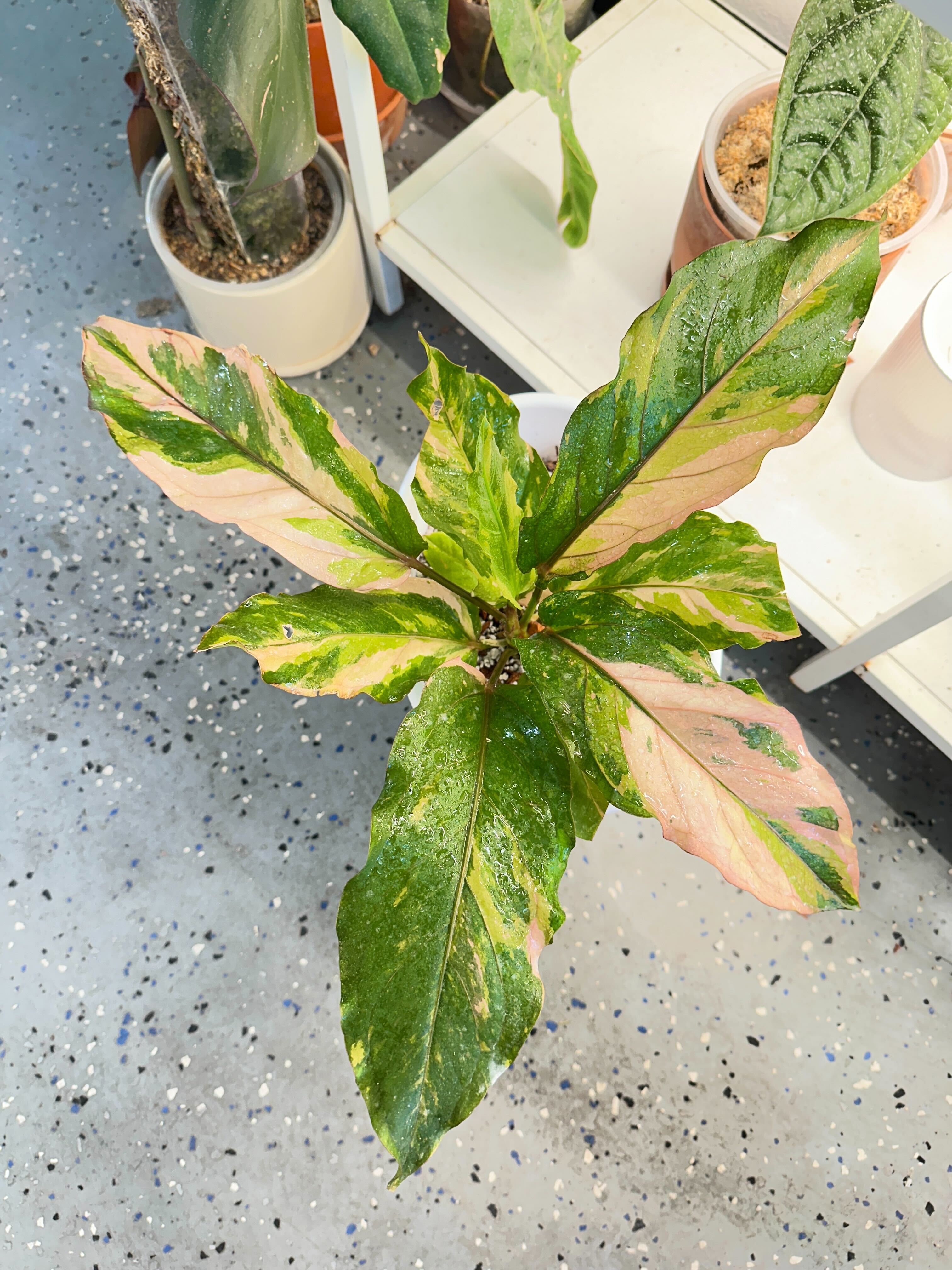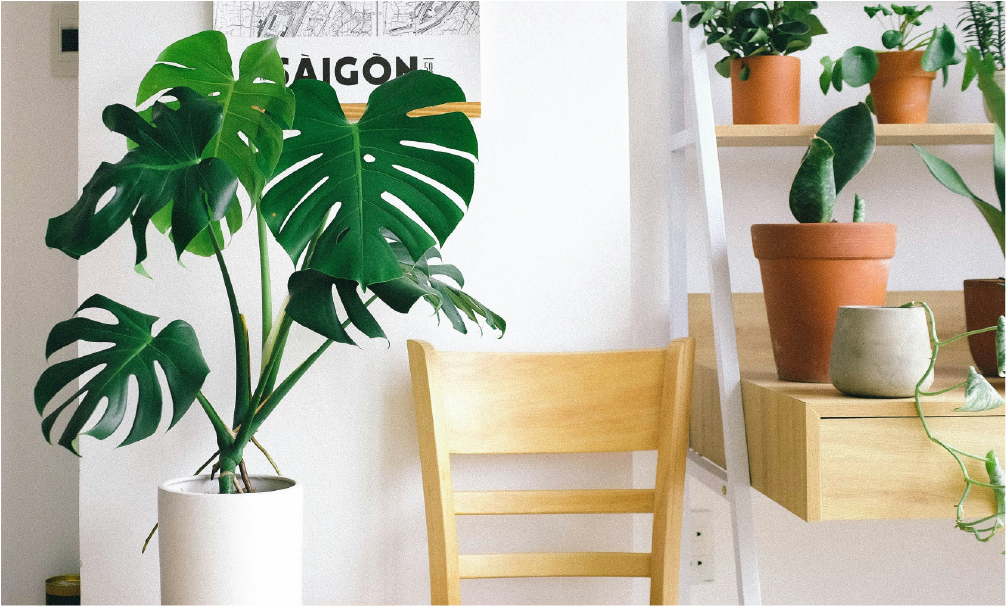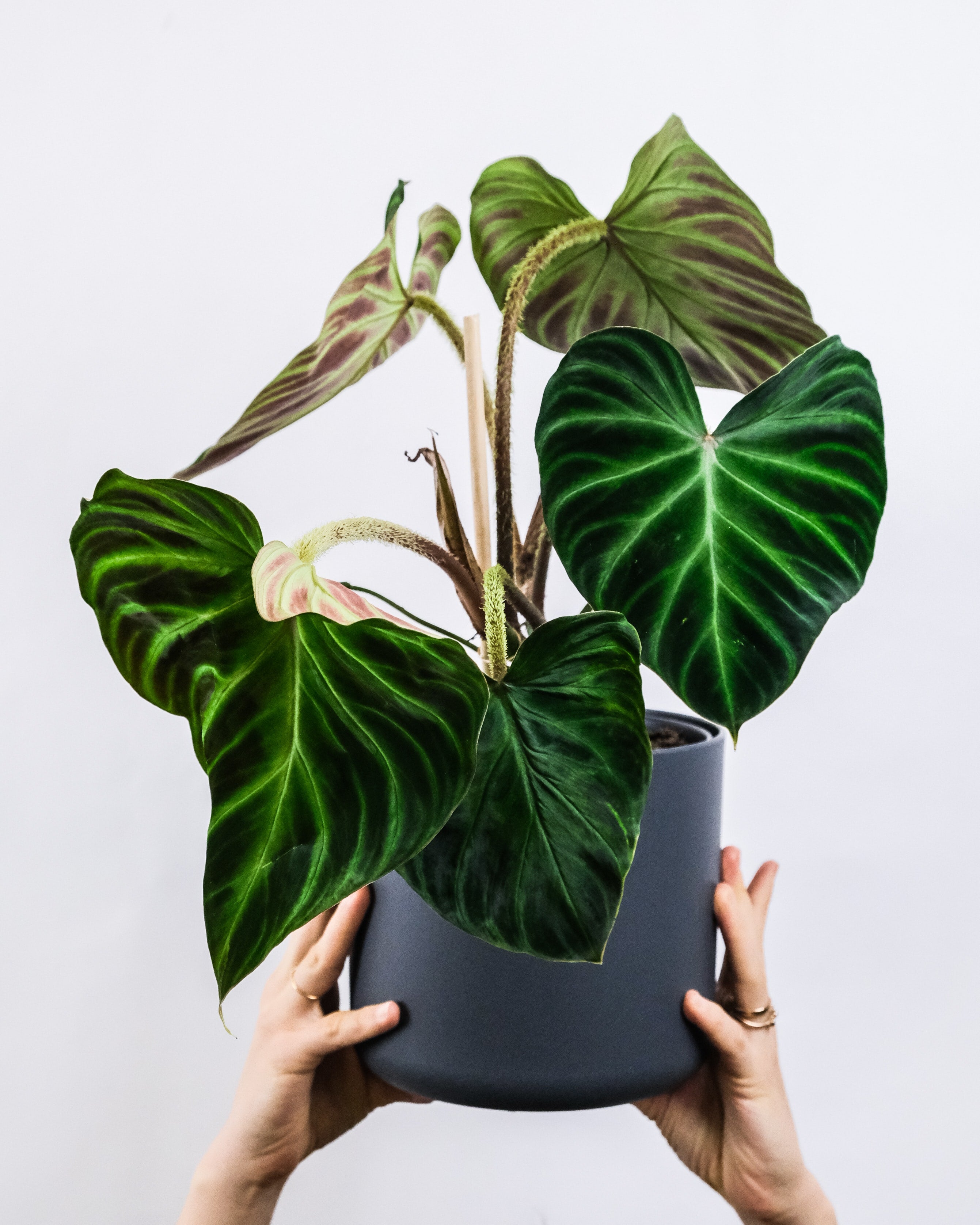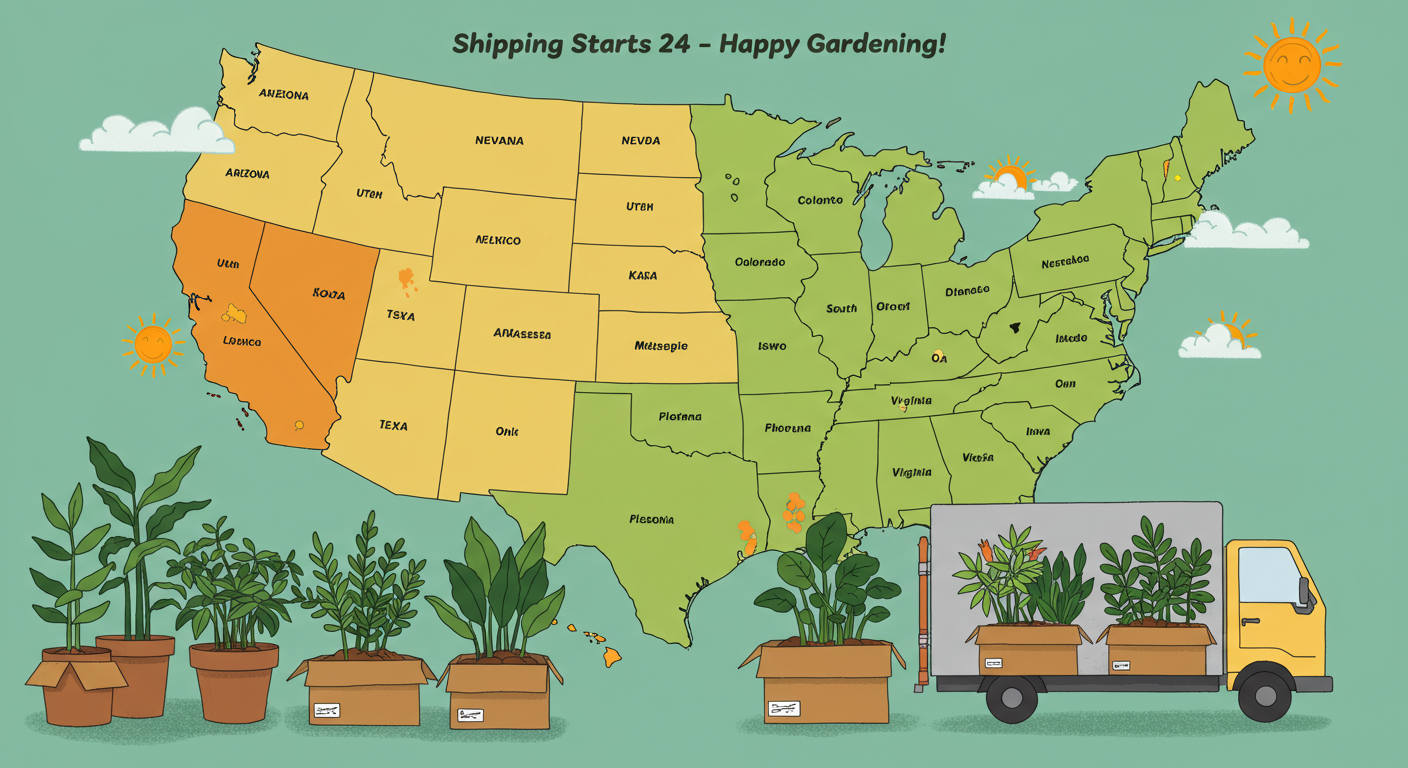Why Are My Leaf Tips Curling Up?

Understanding and Fixing the Problem
As a plant owner, you may have encountered a common problem where the tips of your leaves start to curl up. This can be frustrating and concerning, especially if you’re not sure what is causing it. In this article, we will explore the various reasons why leaf tips curl up and what you can do to fix the problem.
Understanding Leaf Tip Curling
Before we dive into the reasons for leaf tip curling, let’s first understand what it is. When the tips of your leaves curl up, it can mean several things. It could be a sign of stress or an underlying problem that needs to be addressed. Leaf curling can also be a natural process for some plants, especially during the plant’s growth stage.
Types of Leaf Tip Curling
There are two main types of leaf tip curling:
Upward Curling
Upward curling, also known as leaf cupping, is when the tips of the leaves curl up towards the sky. This can happen due to a lack of water, high temperatures, or exposure to direct sunlight.
Downward Curling
Downward curling, also known as leaf clawing, is when the tips of the leaves curl downwards. This can happen due to overwatering, nutrient deficiencies, or root rot.
Reasons for Leaf Tip Curling
Now that we understand the types of leaf tip curling, let’s explore the reasons behind them.
Lack of Water
One of the most common reasons for upward curling is a lack of water. When your plant doesn’t get enough water, the leaves will start to curl up to conserve water. If you notice your plant’s leaves are curling up, check the soil to see if it’s dry. If the soil is dry, give your plant a good watering and monitor its progress.
High Temperatures
Another reason for upward curling is high temperatures. When the temperature rises above your plant’s comfort level, the leaves will start to curl up to protect themselves. If you notice your plant’s leaves are curling up, check the temperature in the room. If it’s too hot, move your plant to a cooler location.
Direct Sunlight
Direct sunlight can also cause upward curling. When your plant is exposed to too much direct sunlight, the leaves will start to curl up to protect themselves from the intense heat. If your plant is receiving too much direct sunlight, move it to a shadier location or provide some shade using a sheer curtain.
Overwatering
One of the most common reasons for downward curling is overwatering. When you water your plant too much, the roots will become waterlogged, and the leaves will start to curl downwards. If you notice your plant’s leaves are curling downwards, check the soil to see if it’s too wet. If it is, let the soil dry out before watering your plant again.
Nutrient Deficiencies
Another reason for downward curling is nutrient deficiencies. When your plant doesn’t get enough nutrients, the leaves will start to curl downwards to conserve energy. If you notice your plant’s leaves are curling downwards, check the soil to see if it lacks nutrients. You can fix this by fertilizing your plant with the appropriate nutrients.
Root Rot
Root rot is another reason for downward curling. When your plant’s roots are damaged due to overwatering or other reasons, the leaves will start to curl downwards. If you notice your plant’s leaves are curling downwards, check the roots for signs of rot. If the roots are rotting, you may need to repot your plant in fresh soil.
How to Fix Leaf Tip Curling
Now that we’ve explored the reasons
for leaf tip curling, let’s discuss how to fix the problem.
Lack of Water
If your plant’s leaves are curling up due to a lack of water, give it a good watering and monitor it closely. Be sure not to overwater it, as this can lead to other problems.
High Temperatures
If your plant’s leaves are curling up due to high temperatures, move it to a cooler location or provide it with some shade. You can also mist the leaves with water to help cool them down.
Direct Sunlight
If your plant’s leaves are curling up due to direct sunlight, move it to a shadier location or provide it with some shade using a sheer curtain. You can also rotate your plant regularly to ensure all sides receive equal amounts of light.
Overwatering
If your plant’s leaves are curling downwards due to overwatering, let the soil dry out before watering it again. You may also need to repot your plant in fresh soil to ensure proper drainage.
Nutrient Deficiencies
If your plant’s leaves are curling downwards due to nutrient deficiencies, fertilize it with the appropriate nutrients. Be sure not to over-fertilize, as this can lead to other problems.
Root Rot
If your plant’s leaves are curling downwards due to root rot, you may need to repot it in fresh soil and remove any damaged roots. Be sure to let the soil dry out before watering it again.
Conclusion
Leaf tip curling can be a frustrating problem for plant owners, but it’s important to understand the reasons behind it so that you can fix the problem. Whether it’s due to a lack of water, high temperatures, or nutrient deficiencies, there are solutions to help your plant thrive. Remember to monitor your plant closely and make adjustments as needed to ensure it’s getting the care it needs.
FAQs
-
Is leaf tip curling always a sign of a problem?
- Not necessarily. Some plants naturally curl their leaves during growth stages.
-
Can over-fertilizing cause leaf tip curling?
- Yes, over-fertilizing can lead to leaf tip curling and other problems.
-
How often should I water my plant to avoid leaf tip curling?
- The frequency of watering depends on the plant and its environment. Monitor the soil and water when it’s dry.
-
How can I prevent root rot from causing leaf tip curling?
- Avoid overwatering your plant and ensure proper drainage. Repot your plant in fresh soil if root rot is detected.
-
Can I save a plant with severe leaf tip curling?
- It depends on the severity and the cause of the curling. Take action as soon as possible and monitor the plant closely to give it the best chance of recovery.







Comments